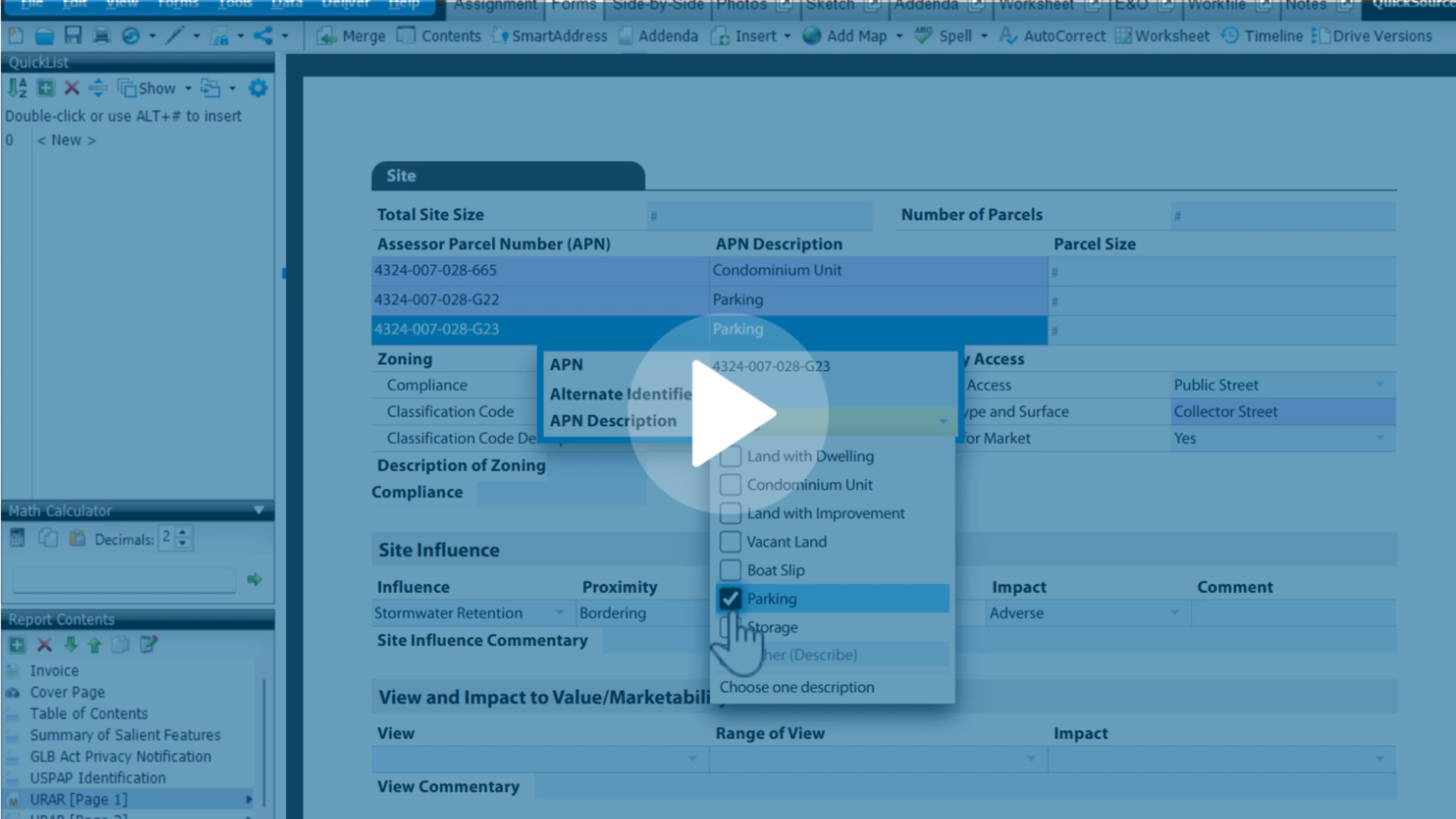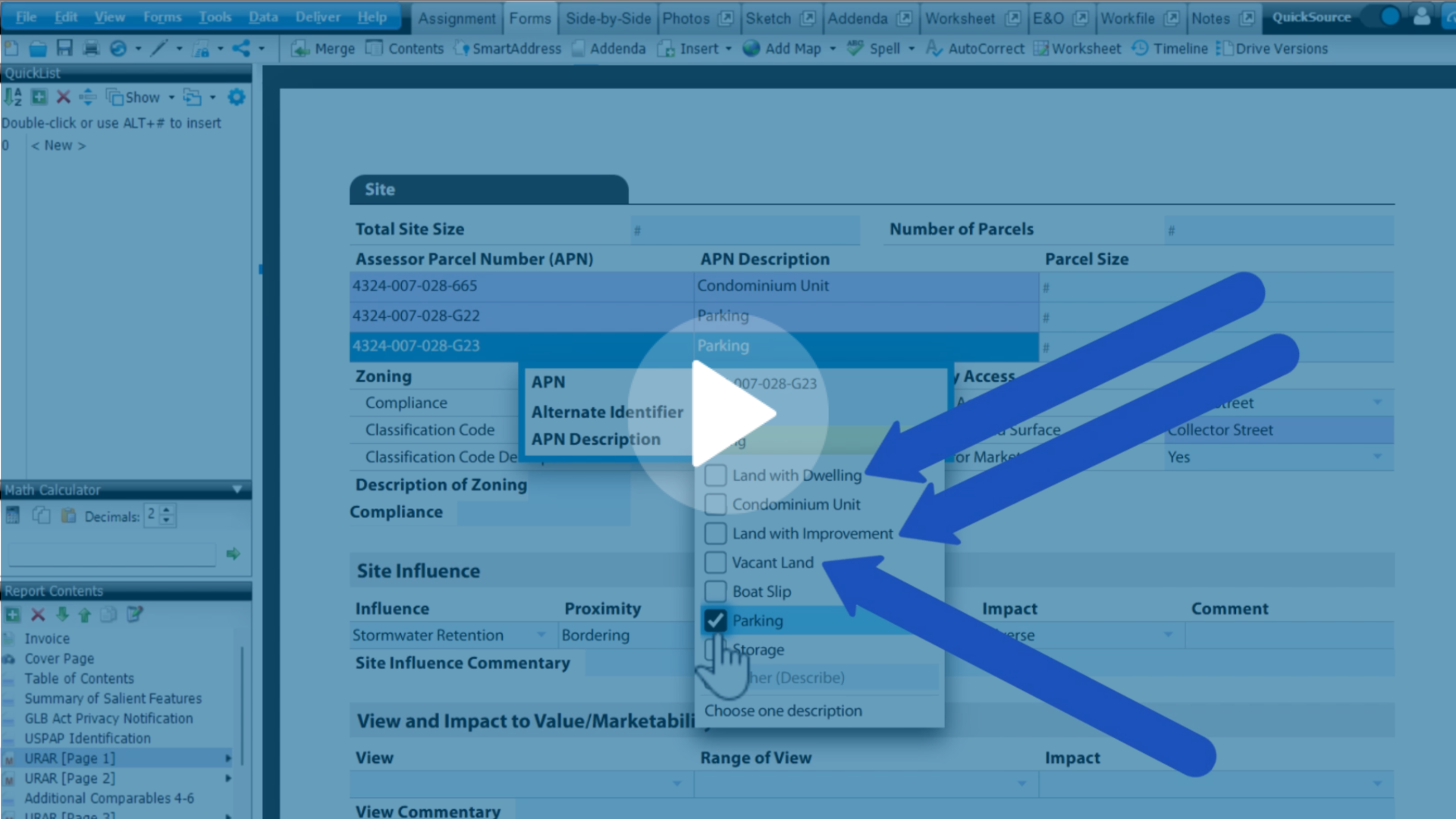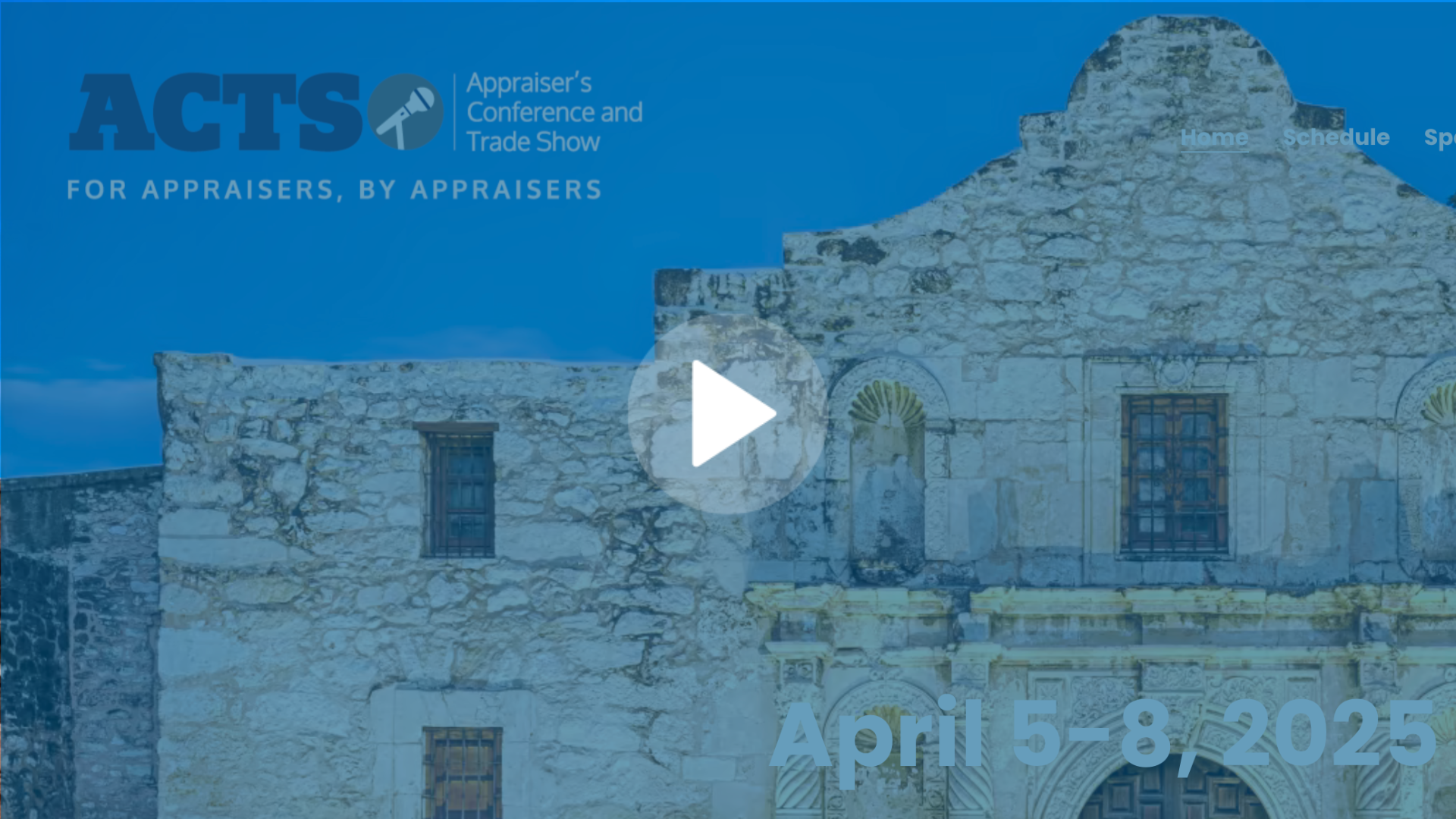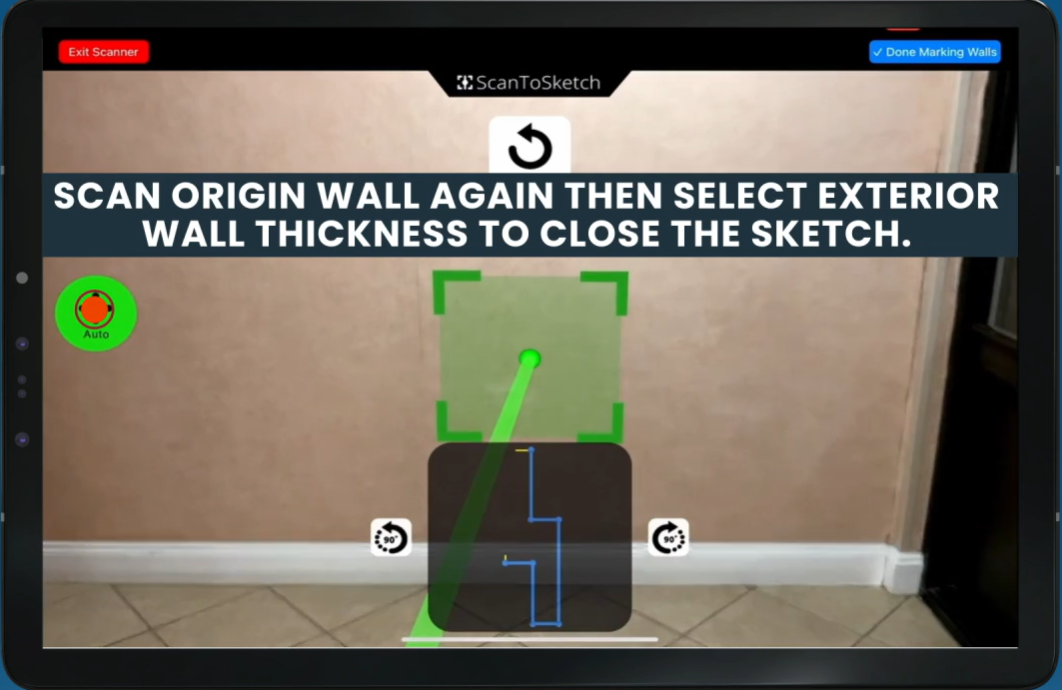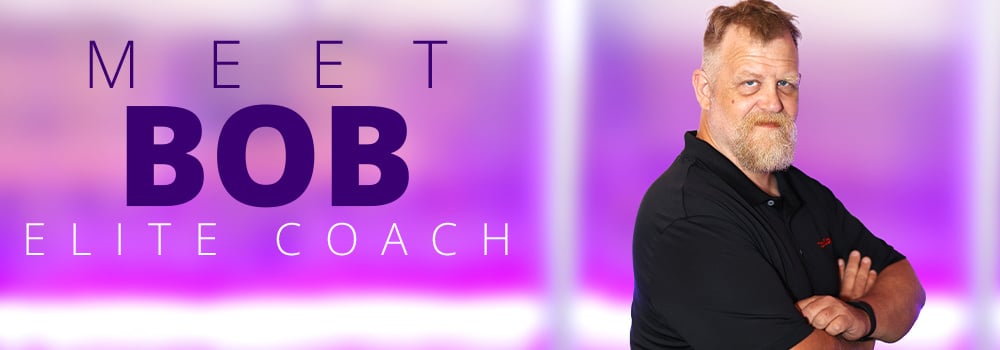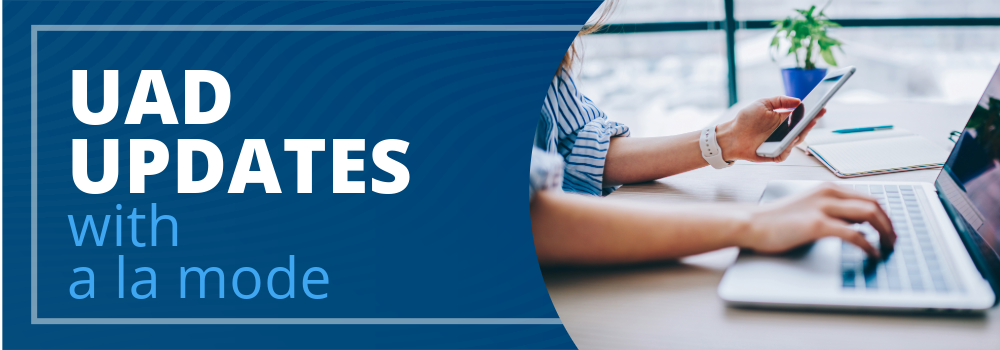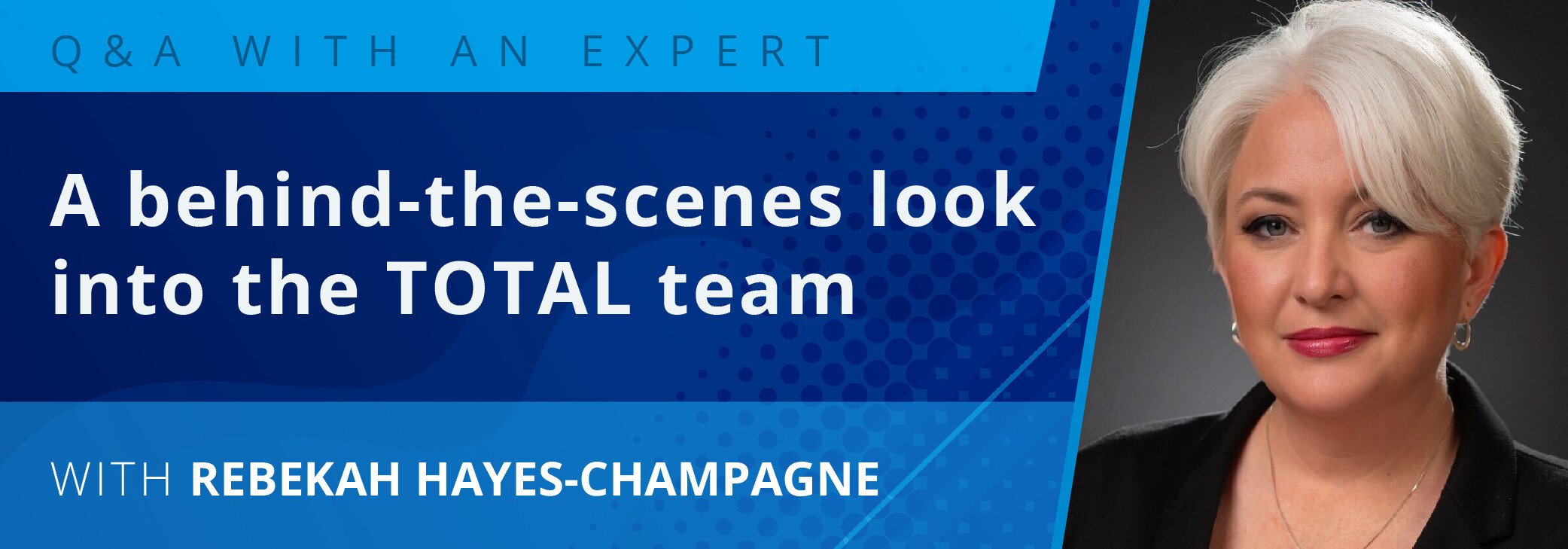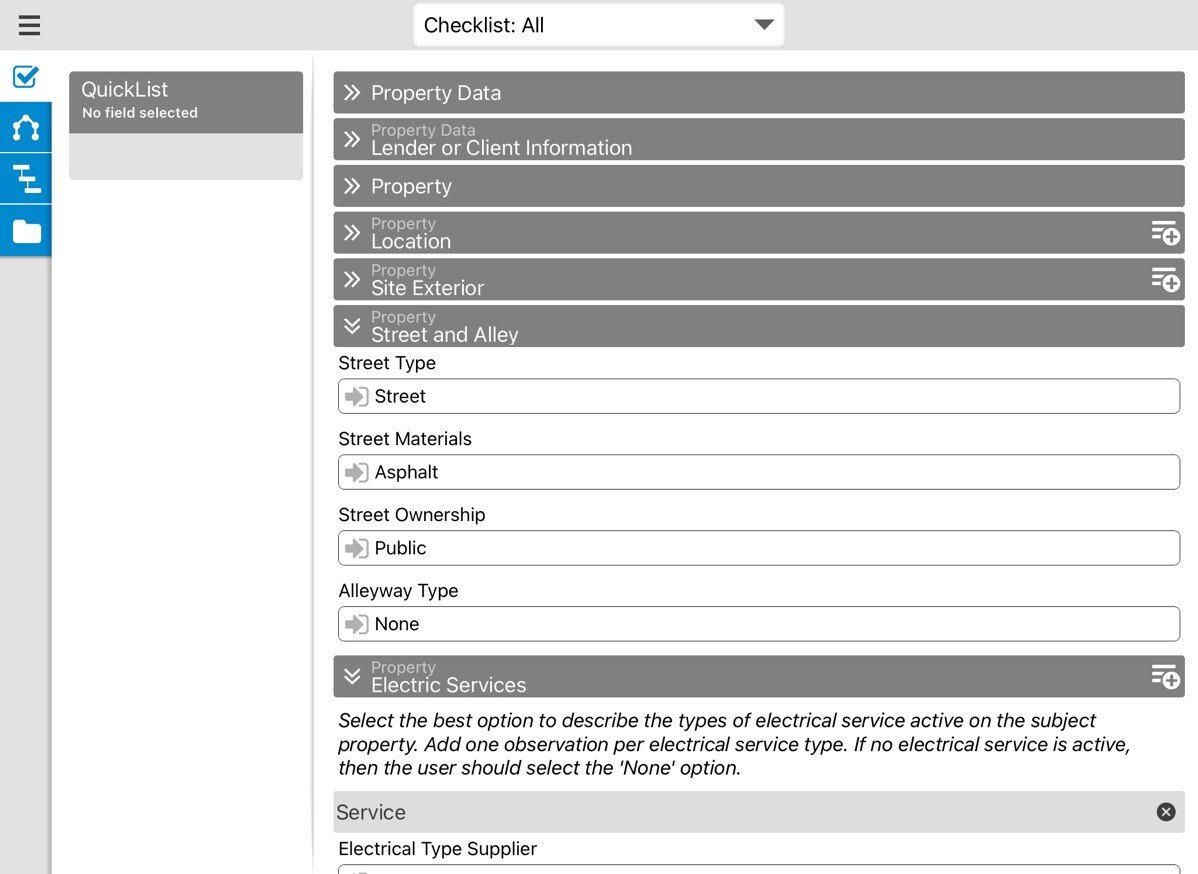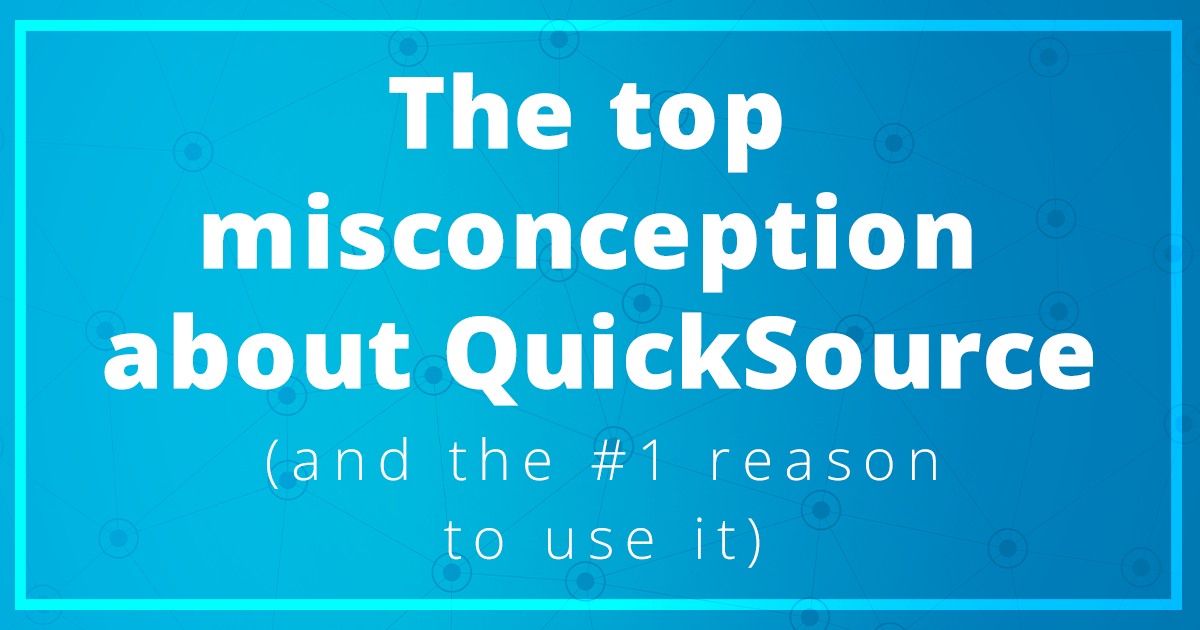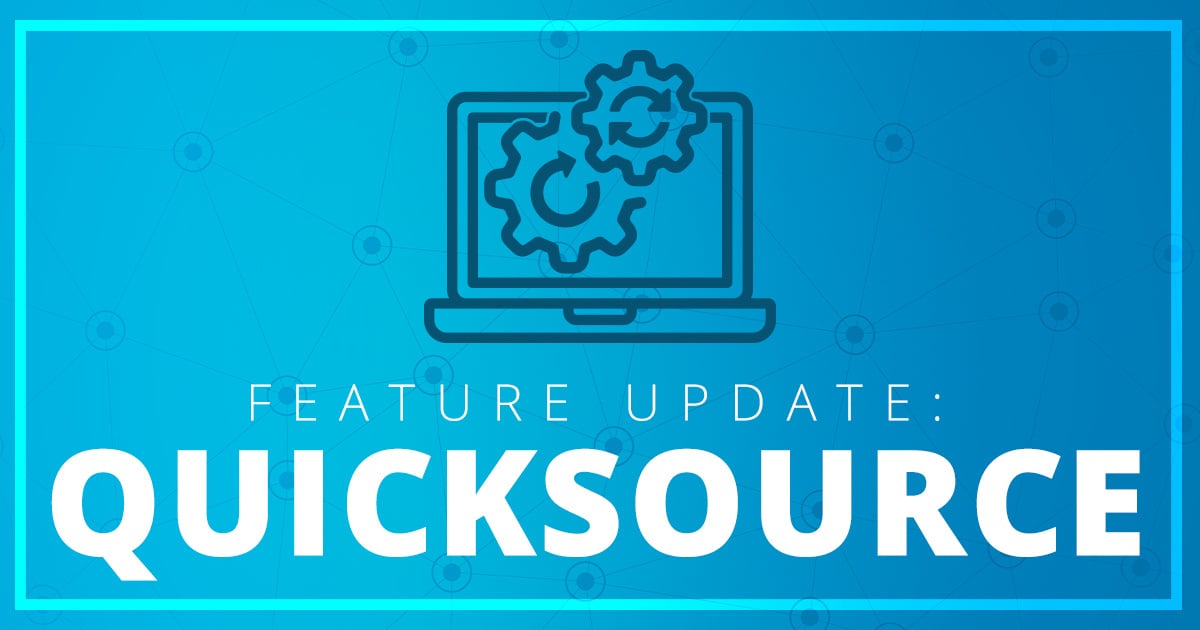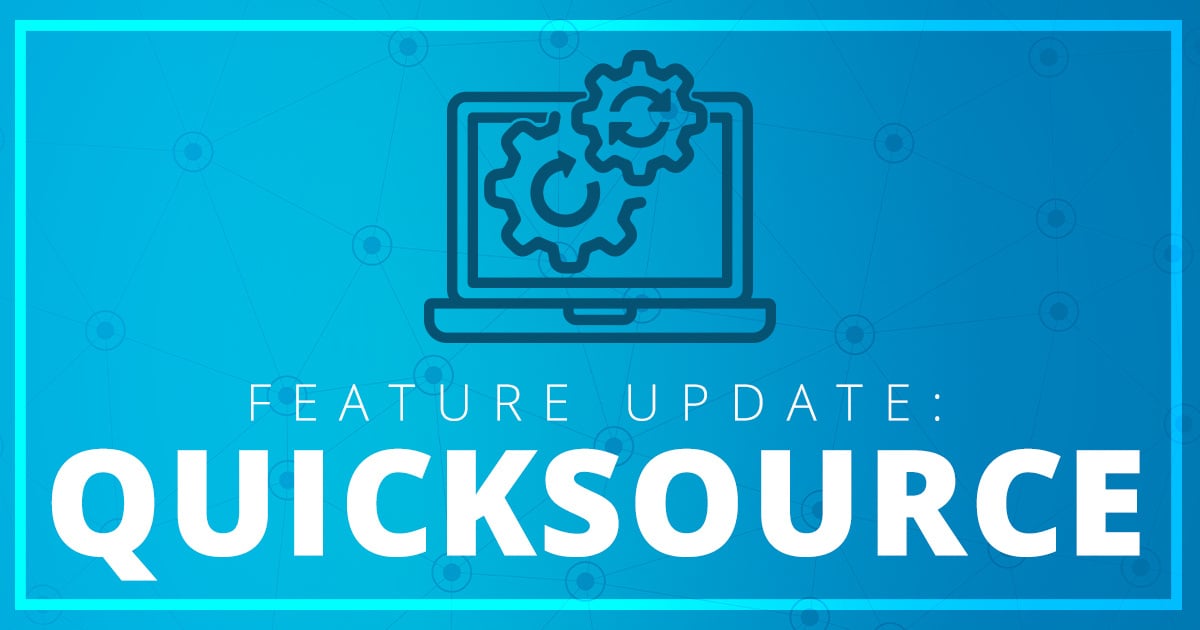Last week, Microsoft held its big annual developer conference, called BUILD. For programmers, developers, and coders it’s several days of new product and platform announcements and learning how to write for all the latest platforms Microsoft has released. There were some exciting announcements that are worth mentioning.
Naturally, this year's content was mostly focused around Windows 10’s upcoming release. With Microsoft set to push this latest version of Windows to users this summer (most watchers are eying a late July release), they’re in the final stages of development and testing.

Windows 10 is more than just desktop software. This version of Windows is a true unified operating system (OS) for PCs, mobile devices, and even other items like Xbox. The effort that Microsoft has gone to ensure that users have not just a good experience, but the right experience on each type of device is seriously impressive. Plus, for many Windows users, it will be a free upgrade if you act within the first year after release.
I’ve been running Windows 10 on a laptop at home for several months now as part of their preview program, so I’ve seen how this version of Windows has changed based on early feedback. I’m excited to see how it addresses many of the perceived problems that most users had with Windows 8. Those of you that skipped Windows 8 and 8.1 should be much happier moving to Windows 10.
Microsoft also had big news for its mobile platform, Windows Phone. They announced Projects Astoria & Islandwood (https://dev.windows.com/en-US/uwp-bridges), which they’d been working on in secret for years to allow developers to quickly and easily port their existing Android and iOS apps into Visual Studio, extend them in unique ways for Windows, and publish them to the Windows store as universal apps that run on every type of device available running Windows 10! This could be huge for Windows Phone gaining more users since a primary issue for most consumers is the notion of an “app gap” and not getting all the apps they already have on their Android or iOS on a new Windows device.
So, what does all of this mean for you? The biggest thing in our case is that it means many of the barriers that were previously keeping us from developing a Windows Phone and tablet version of TOTAL for Mobile have now been lowered. Tablets, phones, phablets — you name it. These changes give us hope that we’ll be able to more easily port our existing code to Windows. As these projects and tools are finalized, we’ll be evaluating them to determine what resources will be required for us to release a Windows version of TOTAL for Mobile.
We’ll know more over the summer as these tools are finalized by Microsoft. If it all works out, then you’d finally be able to consider a Windows device that runs not only the mobile product, but could run the full desktop products as well. It would be feasible to have a single device that you could use both in your office, and in the field, without compromising usability.
This is an exciting year for Microsoft. Stay tuned.
If you’re super nerdy, or the developer/programmer type, check out a full run-down on Microsoft’s site here: http://blogs.technet.com/b/uktechnet/archive/2015/04/30/announcements-from-build-2015.aspx



